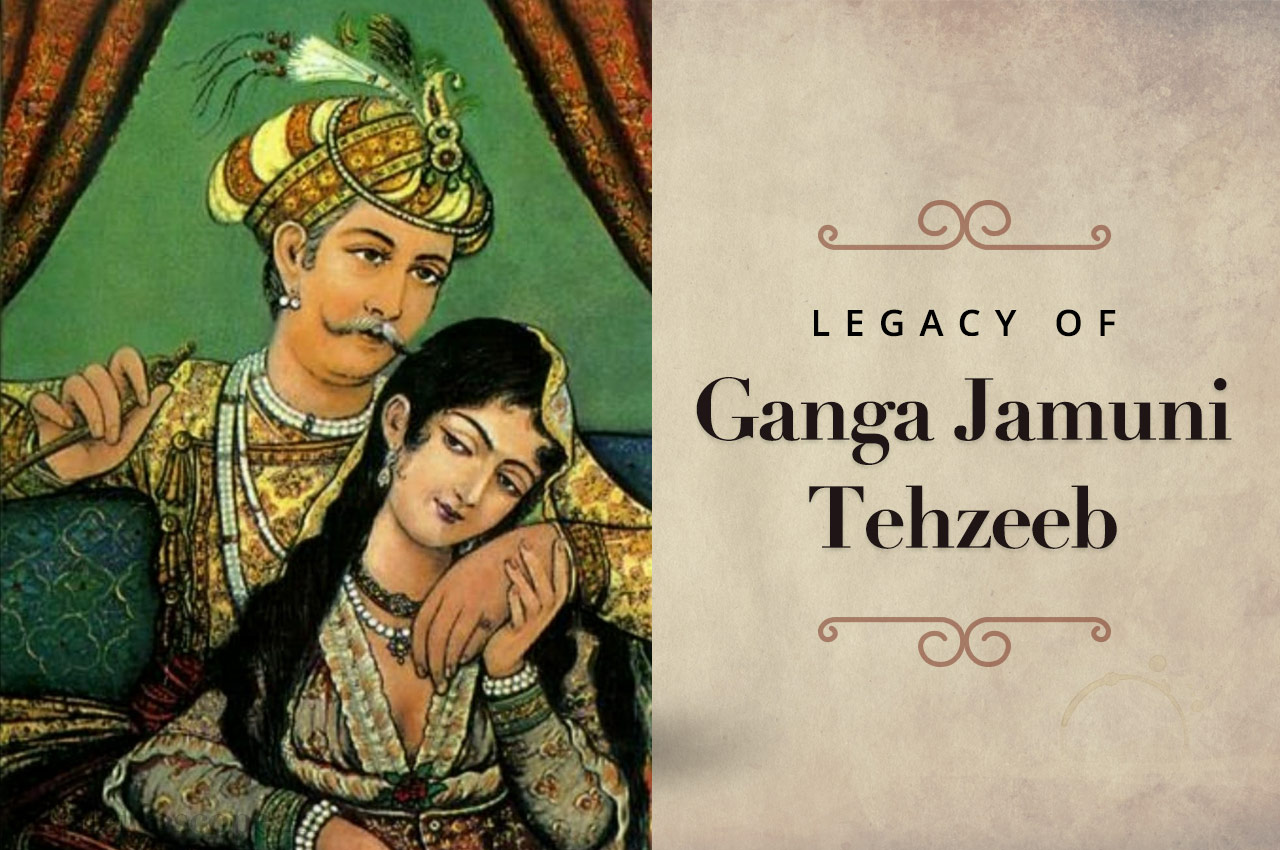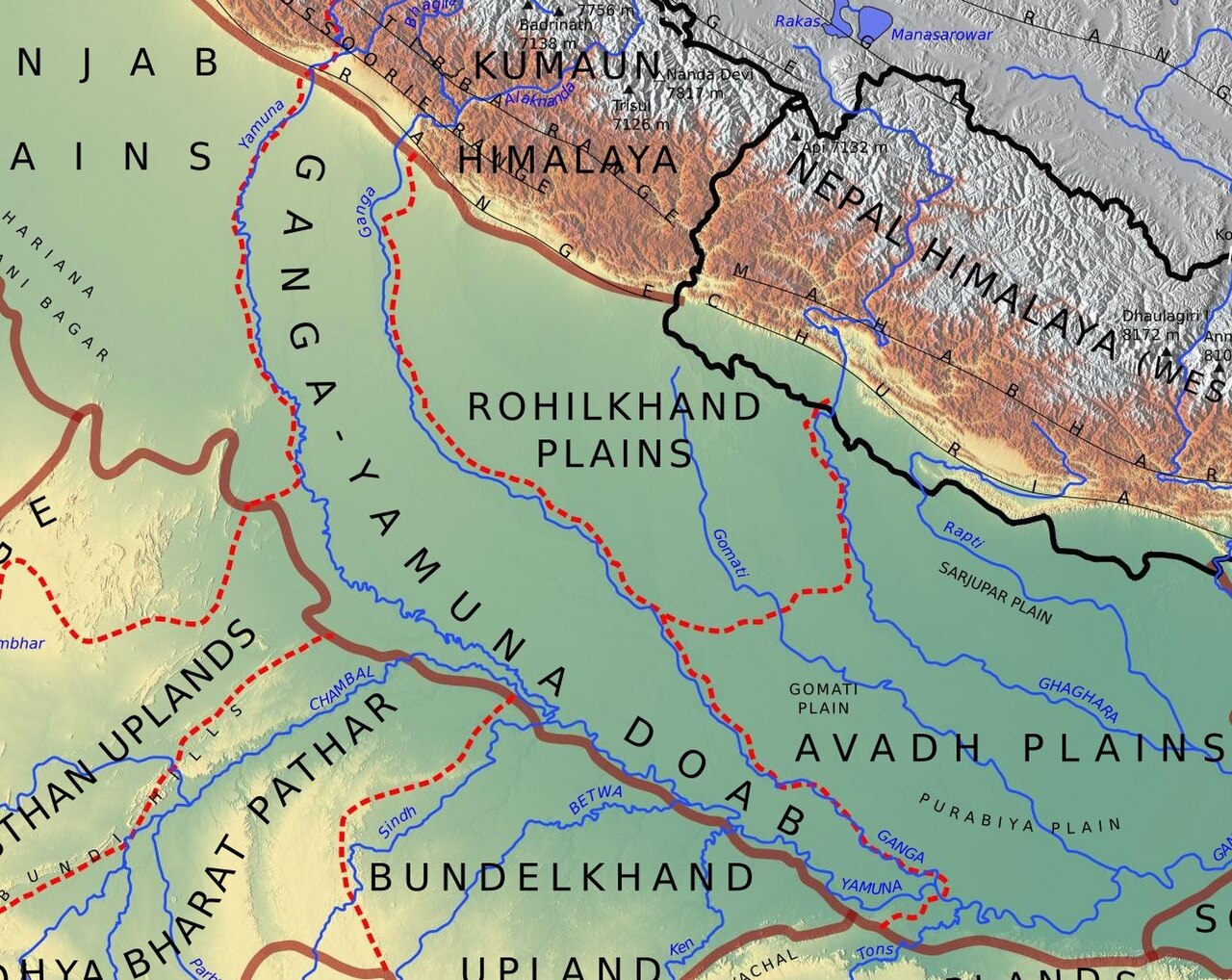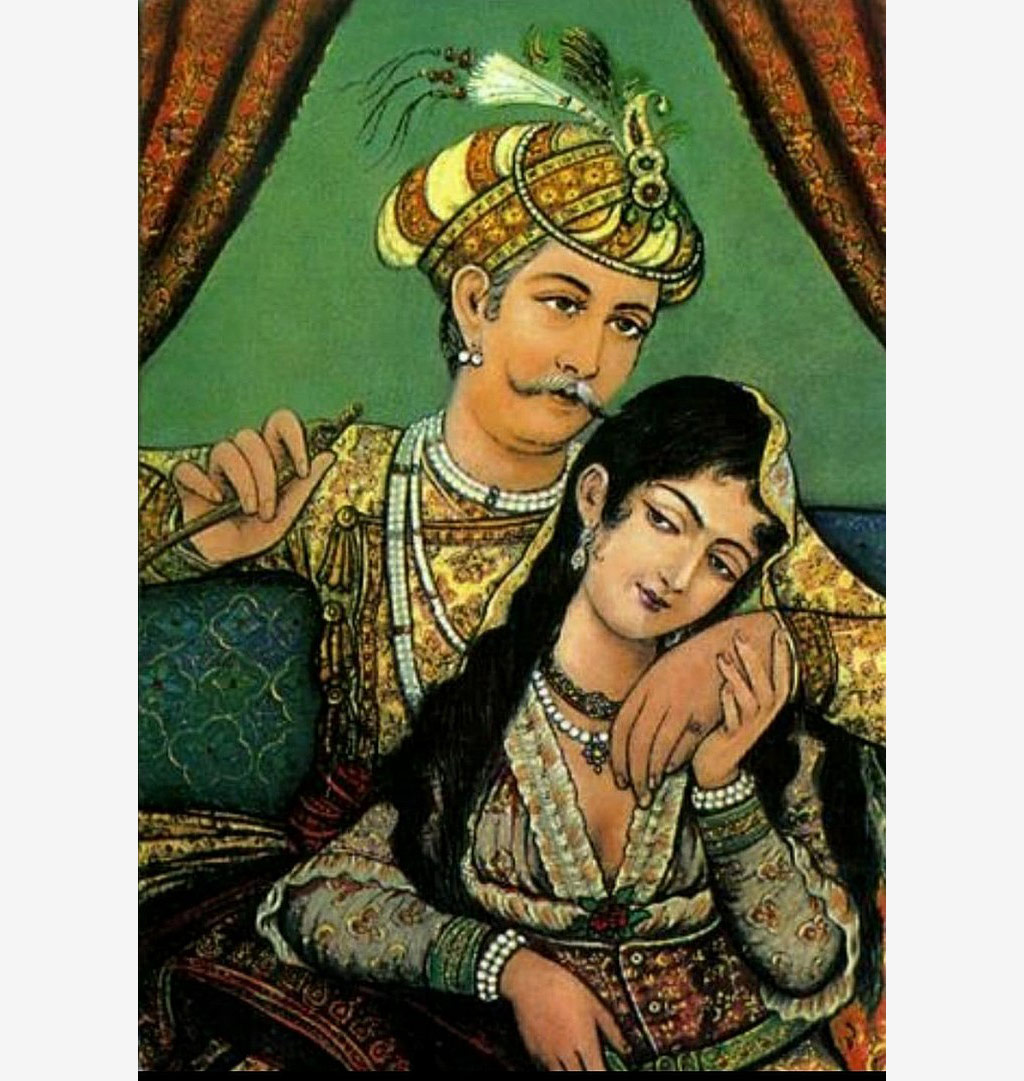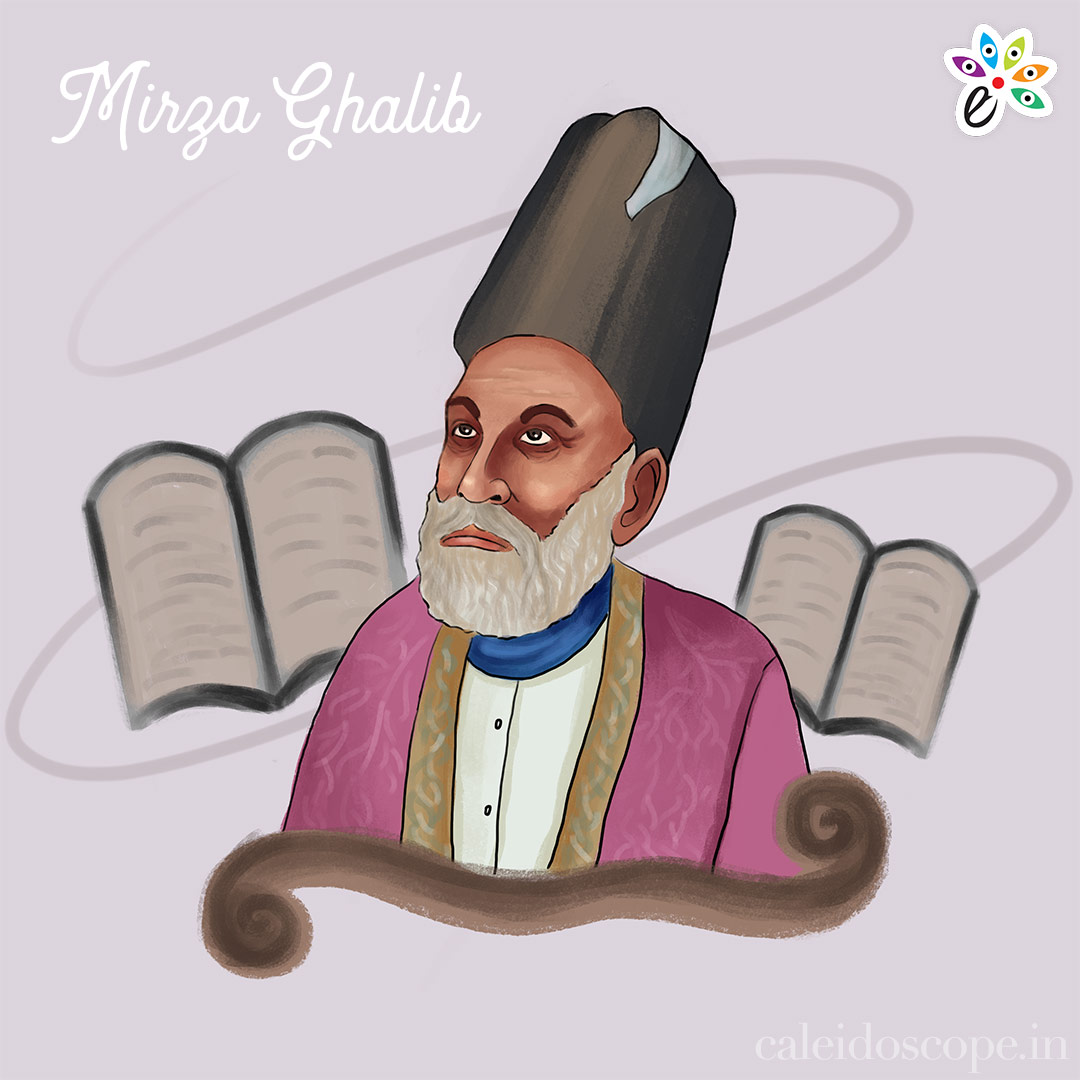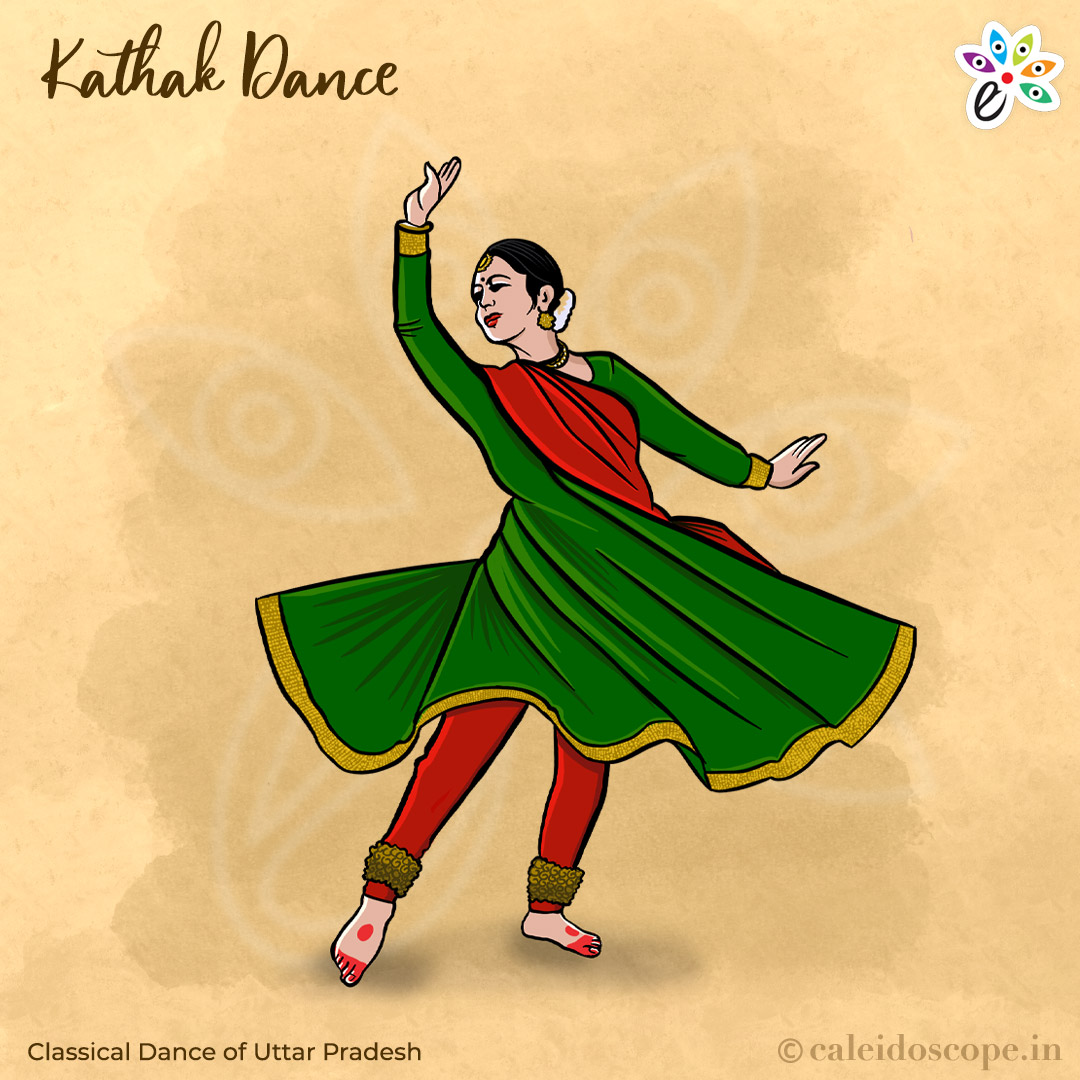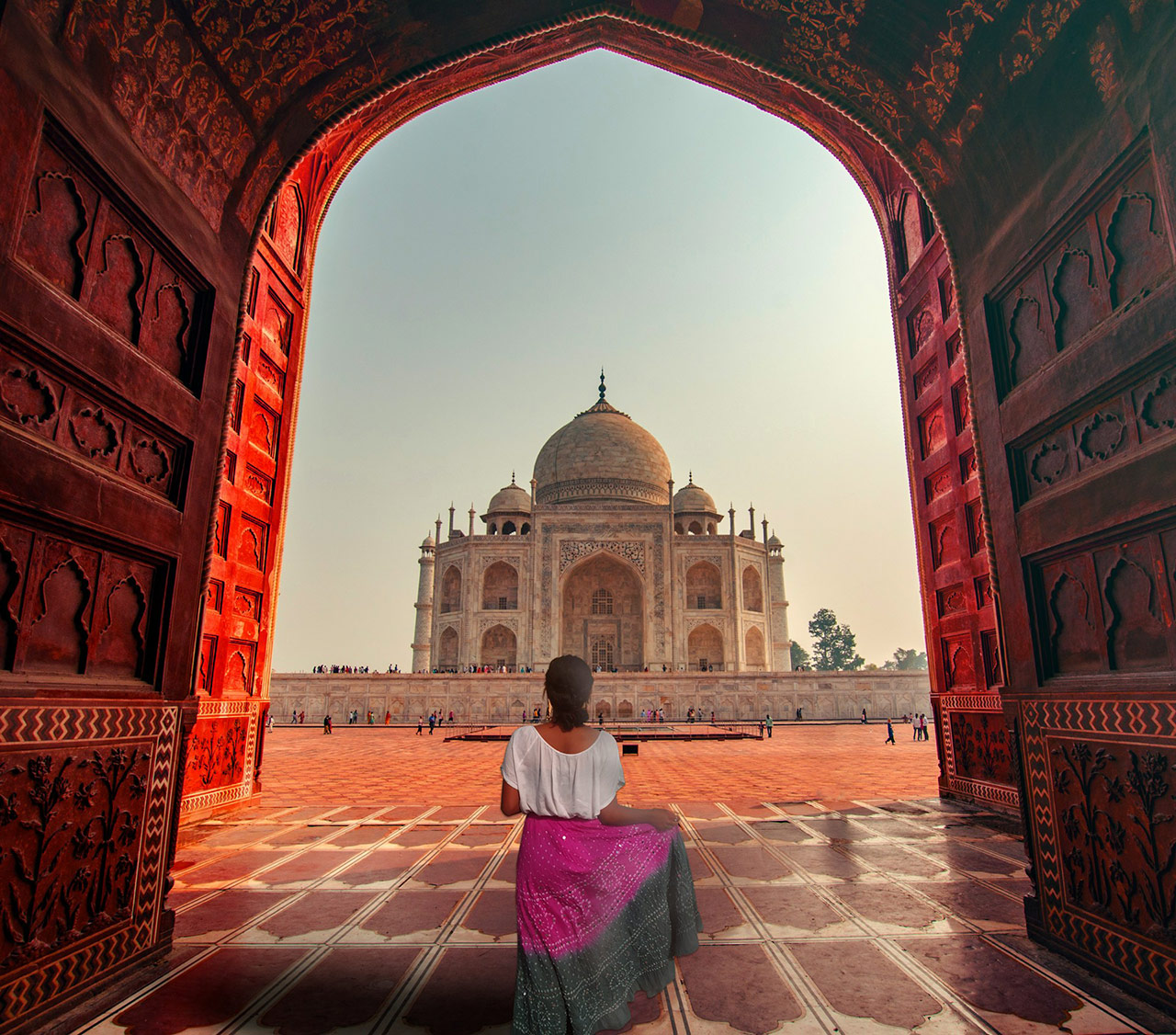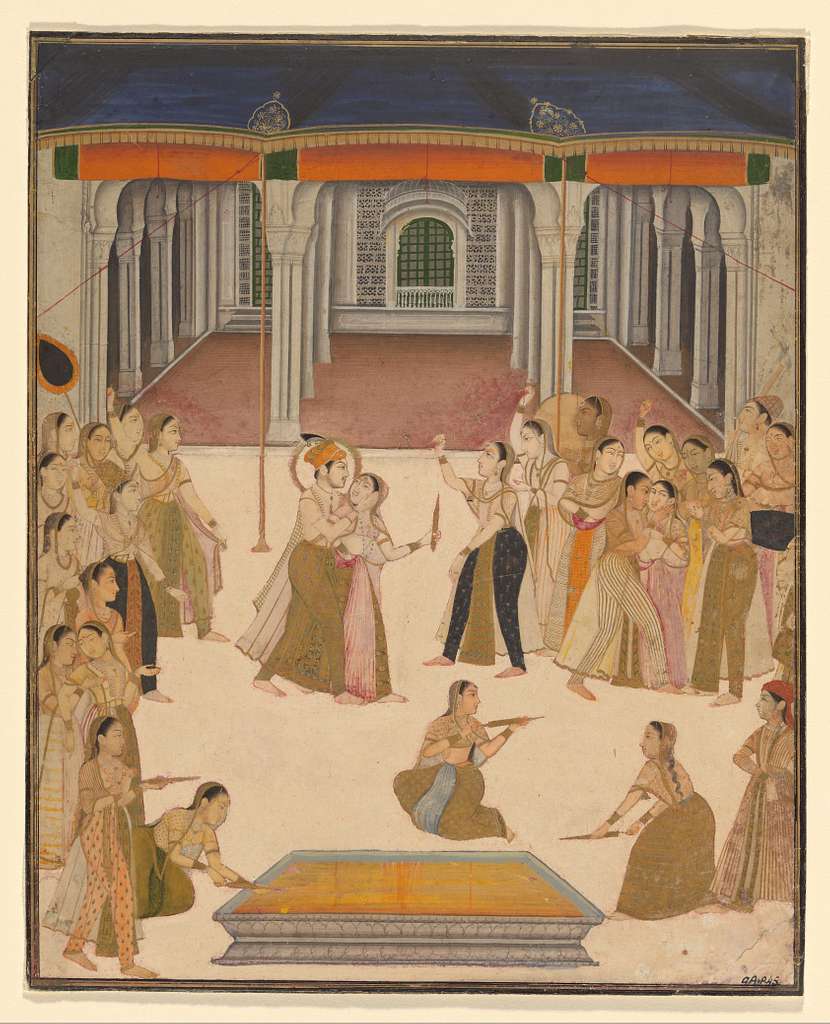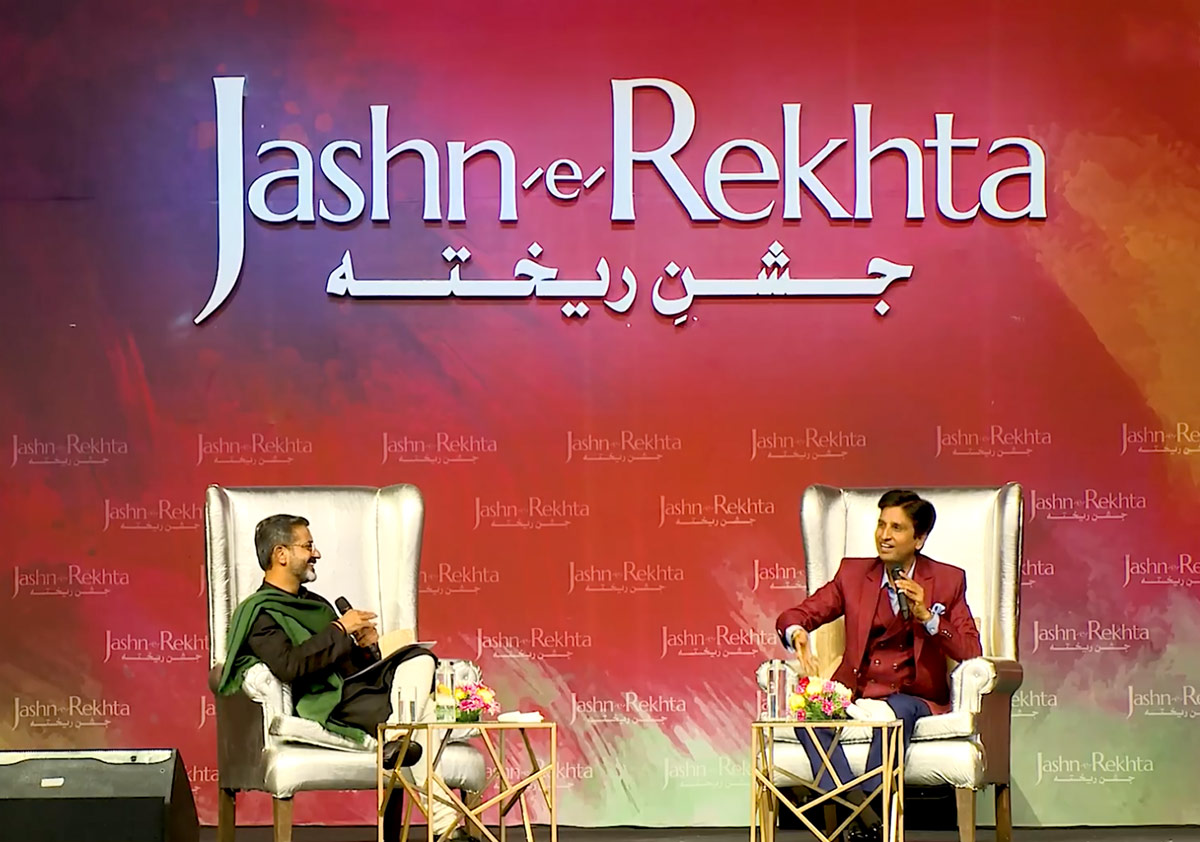
Indian arts are a heritage of traditional skill, creativity and culture. The Indian art forms have gained global recognition and are often the most sought-after pieces of creative expression. For generations traditional Indian arts and paintings have marked their presence, portraying a rich heritage of social, cultural, religious and creative thinking. However, contemporary Indian art is an extension of this long association that the country enjoys in the artistic realms. In fact, the history of contemporary Indian art is also interwoven with the history, culture and society of the nation. Besides, it is unsurprising that all art forms are welcome and nurtured by the splendid talent pool of artists who are thinkers, creators of both new modern art, as well as, holders of continuance of ancient art forms.
What is Contemporary Art?

We often talk about the glorious richness of the past traditional arts and paintings. These art forms continue to flourish till date. However, modern contemporary art is also an integral part of modern artistic times. And just like every and all creative expressions, art too evolves with time, knowledge and society. Contemporary modern art technically means the art of today. The art forms that are produced in current times are strictly what contemporary art means. However, though the definition might sound simple, the art form itself is far from it. This is because contemporary art also encompasses elements of the past and incorporates different aspects, such as Realism, Modernism and Impressionism.
Also, the art of today, essentially implies art panning across decades. Overall, there are seven disciplines of contemporary art. These include painting, architecture, sculpting, poetry, literature, music and dance.
History of Contemporary Indian Art

When we talk of contemporary Indian art, one can say that the modern Indian artistic movement began in the late 19th century in Kolkata. The British had started the new concepts of art in Bengal. Some artists, including Raja Ravi Varma used the western influences in his paintings. However, as a reaction to these modern ideas, the Bengal School of Art drew upon the ancient artistic heritage of the country. It later was continued by the Shantiniketan School that emphasized on rural lifestyles. Many prominent painters used the idea of nationalism and revived Mughal arts and its influences. Abanindranath Tagore’s iconic ‘Bharat Mata’ was one of the many paintings that arouse as an opposition to the western ideas. Yet, some of these painters, such as Abanindranath Tagore, Jamini Roy, Amrita Sher-gill, Rabindranath Tagore and Raja Ravi Verma were most exposed to the western art movements. The themes of their paintings were rooted in Indian culture, but their styles and techniques became pioneers of modern contemporary art. Also, the Bengal School of Art didn’t leave an everlasting impact and died out in the early 1940s.
Contemporary modern art was thus first introduced by the Britishers in India. European artists found expression in the courts of the Indian princely states. The Britishers also established various art schools or headed them in the 18th century, including the Sir. J J School of Art and Mayo School of Arts. They considered the traditional Indian arts as unimportant and stuff of the past.
Contemporary Indian Art Pre-Independence

Pre-Independence or colonial times in India was a period of synthesis of different arts. On one hand, the western influences were strong, while on the other the need to preserve the Indian heritage was high too. Where there were a group of artists who tried to revive the old heritage of Indian arts, there were also others who were influenced by western modern concepts. Raja Ravi Verma was one such modernist and is often considered as one of the greatest painters in Indian history. His work was a fusion and blend of Indian heritage and western or European arts. He depicted women clad in sarees and scenes from the epics of Mahabharat and Ramayana. But he is considered as one of the first modernists in Indian arts for the western influence in style and aesthesis.
He won the first prize at the Vienna Art Exhibition in 1873 and thus began his continued exposure to western arts. He bought a printing press and made his art accessible to the common man. He died in 1906 but left behind a legacy that has been instrumental in the construction and understanding of modern contemporary art in India.
Contemporary Indian Art Post- Independence

After Independence modern ideas and artistic techniques were prevalent in artistic circles across India. One of the major developments was the formation of the Progressive Artists’ Group which was founded by some of the best Indian artists of the time. The group included S.H Raza, Francis Newton Souza, M.F Hussain, Manishi Dey, Akbar Padamsee, Ram Kumar, Sadanand Bakre, Tyeb Mehta, V.S Gaitonde and more. Though the group was dismantled in 1956, it did its bit in getting together modern art thinkers to discuss and incorporate European and North American styles, including ideas of Cubism, Expressionism and Post-Impressionism.
The PAG also sought to break away from the Bengal School of Art and create avant-garde Indian art that could be associated with at the international level. As quoted by them, their intention was to ‘paint with absolute freedom for content and technique…’. The group also held three exhibitions and though each artist had their unique styles they set an overall understanding of the direction of contemporary modern art in India.
Besides, there were artists, such as Benode Behari Mukherjee, Sailoz Mukherjee and Ramkinkar Vaiji who were influenced by Japanese and Folk Art.
New Media

Contemporary art is not restricted to oil and canvas alone. As discussed earlier there are different aspects of contemporary art that also include architecture, paintings, sculptures etc. In modern times today, installations, video art, photography are all considered a part of contemporary art. Even concepts such as Earth art or Land art, street art, digital art and crypto art can be viewed as modern contemporary art. Thus, the medium of expression covers a vast range of techniques and ideas that range from minimalism, conceptualism, photorealism to pop art, sculpting and inclusion of art in architecture and fashion.
Contemporary Artists of Today

Stalwart contemporary modern artists, such as Amrita Shergill, M. F Hussain, Tyeb Mehta, V.S Gaitonde certainly lay the foundation for abstract modern paintings. Till date their paintings are displayed internationally and some of them have grossed the highest bids in exhibitions making them both exclusive and expensive paintings by international standards.
Today several other artists are carving their own niche and bringing their own interpretations and styles into the contemporary artistic worlds. Bharti Kher for instance is an artist that works with bindis to create art. Subodh Gupta uses stainless steel utensils to create modern sculptures. Sheela Gowda known for her sculptures and installations uses common materials available around her. Shilpa Gupta works with videos, installations, sound, performances, whereas Reena Saini Kallat uses office rubber stamps and barbed wires to create art.
Takeaways
The possibilities of creating modern contemporary art are endless. And artists are not shying from experimenting away from the conventional tools of canvas, paints and oils. Technology and creativity are finding ways to blend together to create unconventional, yet empowering and thought-provoking artistic renditions.
Similarly, contemporary painters continue to thrive in a liberal environment. Some of the best known contemporary painters of India today include Atul Dodiya, T.V Santhosh, Jitish Kallat and more.
Though contemporary art is the art that is of today, it doesn’t necessarily imply what is created in the present alone. It however, does imply that it is a reflection of the current times. Contemporary Indian art has evolved over time and continues to create its space in the hearts and minds of art lovers.
































